My first exposure to Kai Althoff’s work was the handwritten letter he sent to curator Carolyn Christov-Bakargiev in 2011, announcing, with remorse, his withdrawal from Documenta13. Bakargiev exhibited the three-page document as an artwork within a Plexiglas vitrine. It was installed in a vast gallery that was both visually sparse and energetically gravid – his prose was moving and stayed with me for some time after. In a sense, this encounter was predicated on the absence of what I now know to be a rich and multifaceted practice across several media. Althoff’s current retrospective at the Museum of Modern Art is, conversely, filled to the brim with stuff: drawings, paintings, photographs, mannequins, antiques, figurines and shoes. Yet, his sensitive engagement with both the pain and the privilege of being an artist is palpable in both instances: whether the gallery is abundant with artworks or evacuated of them, the impact is just as indelible.
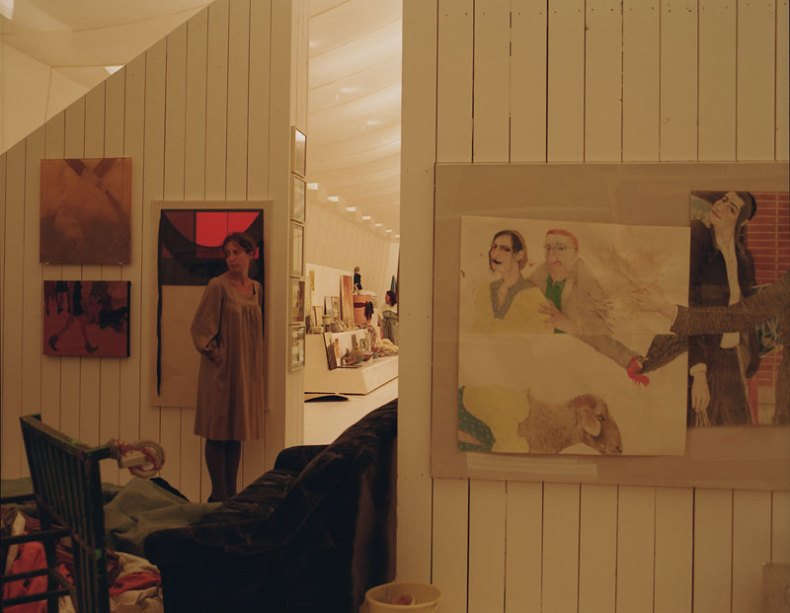
Installation view of ‘Kai Althoff: and then leave me to the common swifts (und dann überlasst mich den Mauerseglern)’ at the Museum of Modern Art, New York, 18 September 2016–22 January, 2017. Photo © Kai Althoff
Althoff’s creative intensity in both void and fecundity is tangible across the 200 or so works that are on view in ‘Kai Althoff: and then leave me to the common swifts’, the artist’s first solo presentation in the US in more than a decade. He oscillates between abstraction and realism, minimalism and decoration, precision and fluidity. Some paintings feature dense, psychedelic accumulations of bodies and forms, piling to the edges of the frame. Other pictures seem quiet and unfinished, making ample use of negative space or monochromatic wash. Using an economy of line and color, these appear profound and solemn – they don’t occupy space so much as hold it.
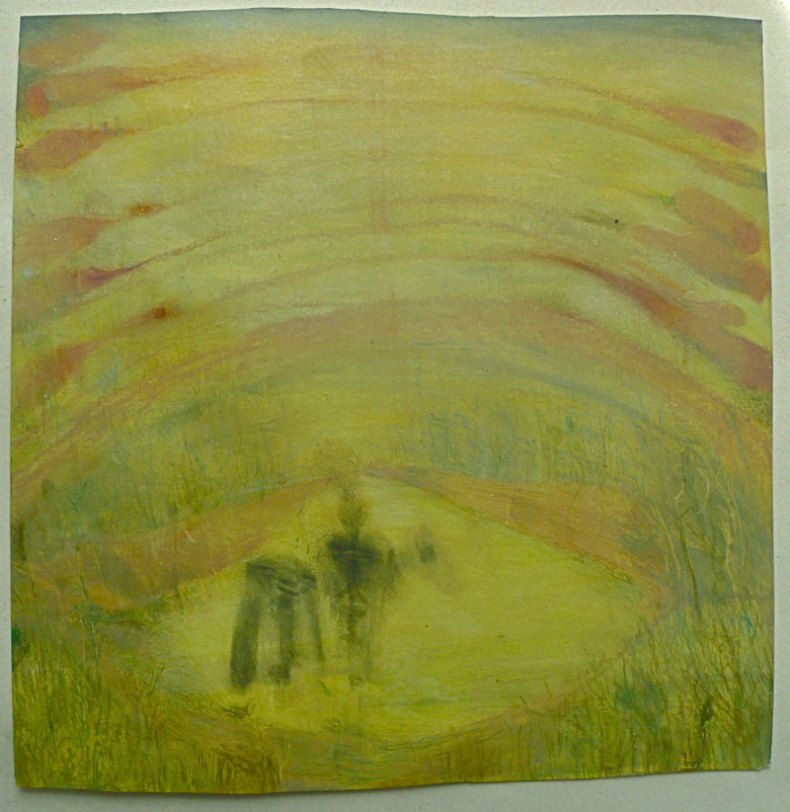
Untitled (2016), Kai Althoff. Collection the artist © Kail Althoff
Some of the most exquisite images test these oppositions. One untitled painting (2001) depicts three contorted figures within an atmospheric green field. One boy lies on his stomach, with legs bent and splayed; he appears to be crawling or grasping for something to hold on to in this abstract space. Another is curled in a fetal position, with arms wedged between his bent and tucked knees. A stern older man hovers above them, but his body dissolves beneath a billowing coat, which parachutes outwards and merges with the background. In such compositions, the image field is like a watery surface: some details – bent knuckles, furtive glances – rise up from it, coherent and delineated, while others seem submerged or out of reach.
Althoff, who was born in Cologne in 1966 but currently lives in Brooklyn, is mostly self-taught and famously hostile towards the art world and its institutions. As elusive as he seems, at times, he also embraces vulnerability in a way that is both disarming and refreshing: his artist statements, for instance, often take the form of apologetic correspondence. In MoMA’s press release, he admits his anxiety over the prospect of forming conclusions about his own past, adding that ‘a lot of the things – and many call this work – I made up until today, I cannot defend or think of it as something people need to see or bother with.’ He concludes this statement with humble resignation: ‘There is no reason really why my things are exhibited in a museum and others’ are not.’
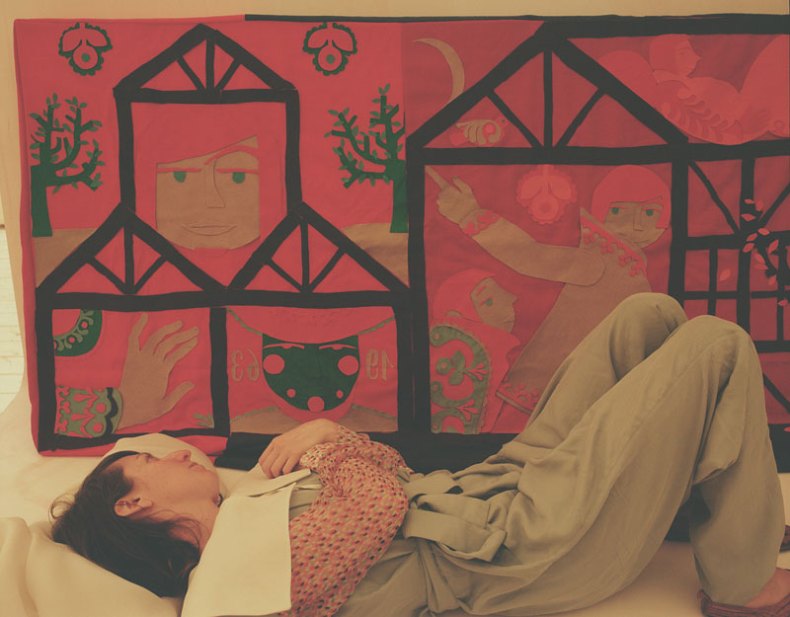
Installation view of ‘Kai Althoff: and then leave me to the common swifts (und dann überlasst mich den Mauerseglern)’ at the Museum of Modern Art, New York, 18 September 2016–22 January, 2017. Photo © Kai Althoff
His work belongs here, of course, because it is beautiful and arresting. The exhibition was curated and designed by Althoff himself, who intuitively rearranged artworks from four decades of practice. A maze of environments, it ignites a sense of discovery and wonder, as if one is exploring a dusty attic in the family home. Near the entrance to the exhibition, the displays seem more organised, serial and taxonomic, even as they depict morbid or ecstatic scenes. This logic dissolves as the show progresses: dirty piles of luggage and broken ceramic pieces spill out of old suitcases haphazardly installed at back. At the farthest end of the gallery, works are hidden and abandoned, wrapped in brown paper and twine. The layout seems like a microcosm of a psychic state, oscillating between order, abjection, and repression.
‘Kai Althoff: and then leave me to the common swifts (und dann überlasst mich den Mauerseglern)’ is at MoMA, New York, until 22 January 2017.
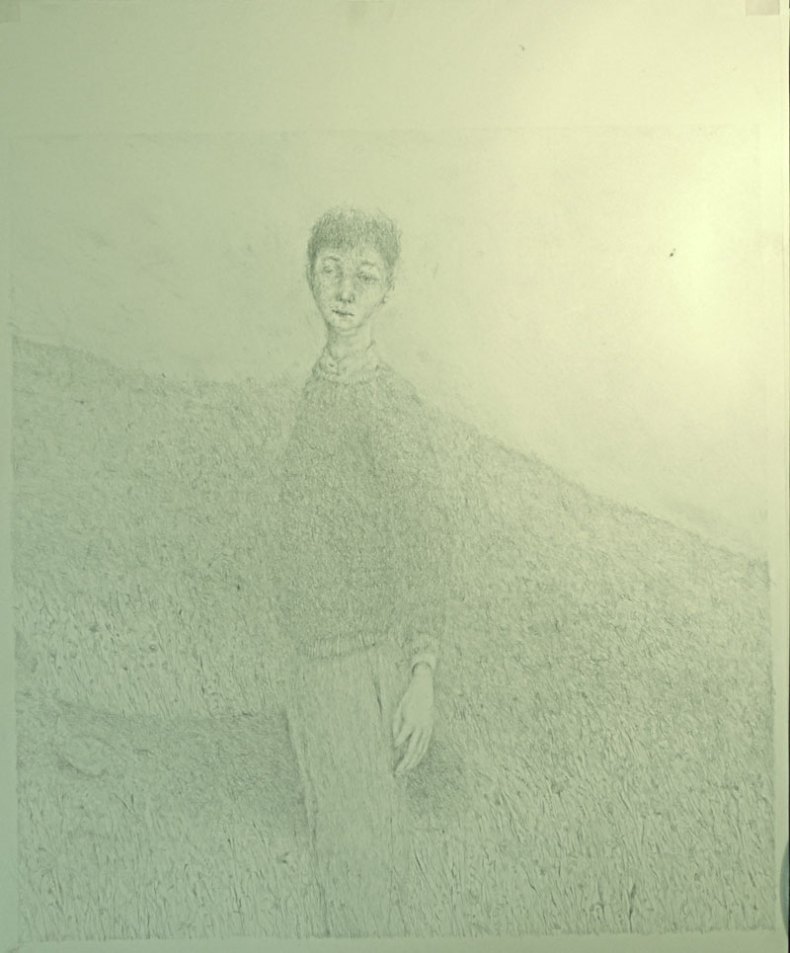
Untitled (2016), Kai Althoff. Collection the artist © Kail Althoff
Unlimited access from just $16 every 3 months
Subscribe to get unlimited and exclusive access to the top art stories, interviews and exhibition reviews.

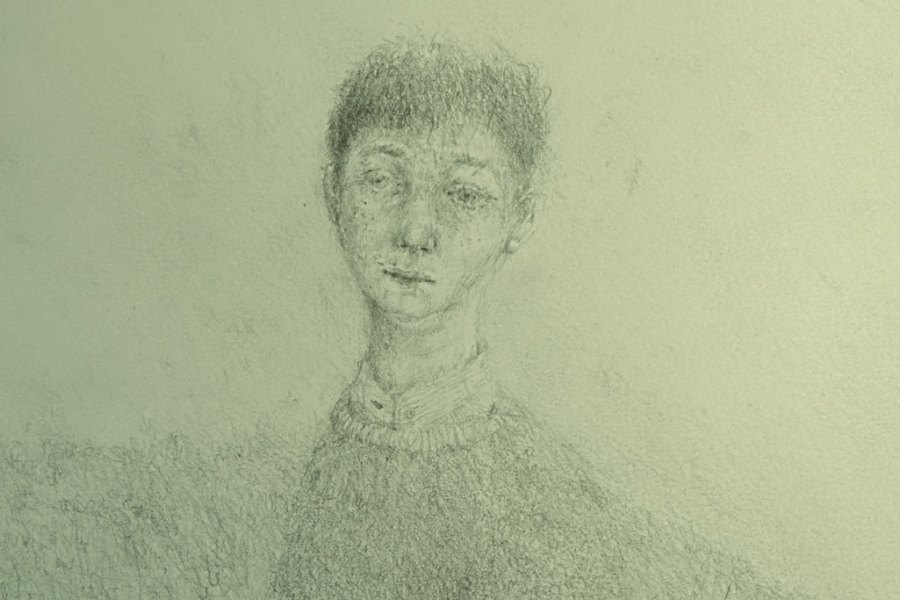

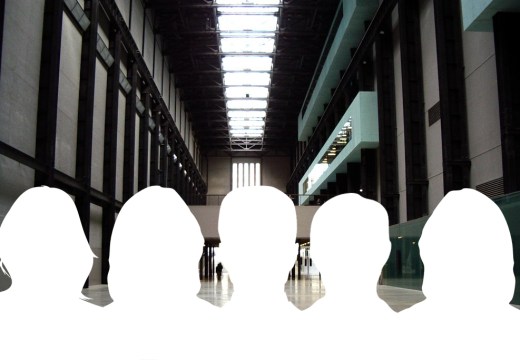
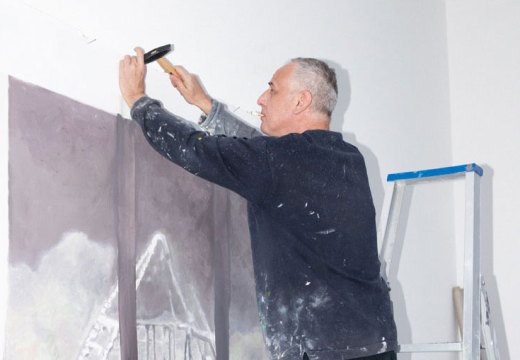









![Masterpiece [Re]discovery 2022. Photo: Ben Fisher Photography, courtesy of Masterpiece London](http://www.apollo-magazine.com/wp-content/uploads/2022/07/MPL2022_4263.jpg)
Suzanne Treister’s tarot offers humanity a new toolbox